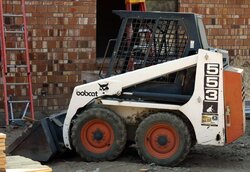gyrfalcon said:...Do you separate out the weasel ashes or have a mixed ceremony?
Not weasels...ferrets. And no, of course we don't separate out the ashes, you silly raptor, but we do pay appropriate homage to the little mammals that helped us keep our stovepipes squeaky clean.
gyrfalcon said:...The other day, I had two full-grown bobcats, obvious male and female, parade across my lawn not 100 feet from me in broad daylight. I would have choked on the insects that flew into my open mouth while I was standing there, except that I had luckily stopped breathing also.
Holey moley! Rick



 Rick
Rick

